Preparing Your Grill for Summer
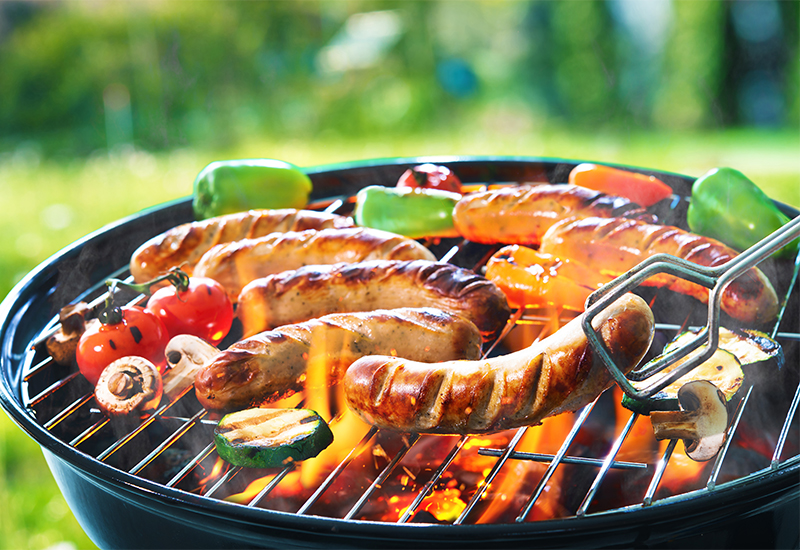
The following post and photography is courtesy of Graham R. and his dog, Carl. For more of their delicious food ventures, visit them on Instagram @cookingwithcarrrl.
When it comes to grills, there are two that every backyard should have: a kettle or Kamado-style grill and a simple gas grill. Dads have been turning out burgers and dogs for decades on these bad boys. Below I’ll go over why both grills deserve a spot on your patio and how to prepare them for a summer’s worth of spectacular meals!
Kettle or Komando Grills
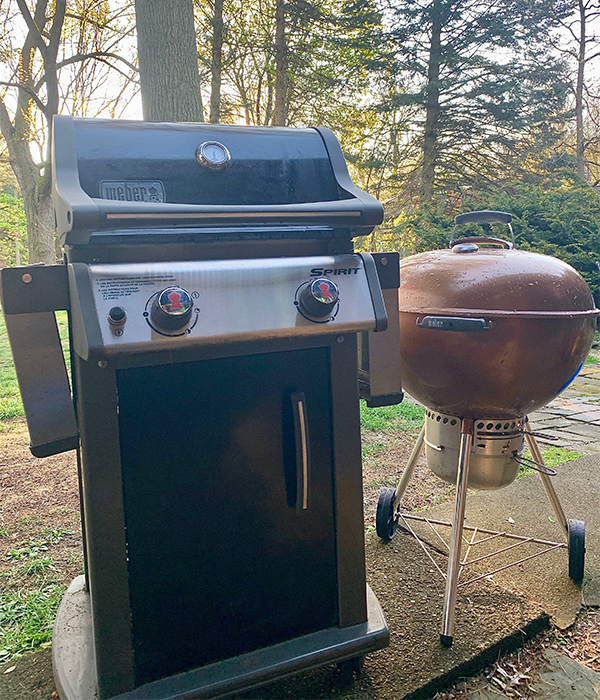
The first style I mentioned, kettle/kamado, is essential because of its versatility. You can grill hot dogs in 20 minutes or smoke a juicy pork butt for 20 hours -they can, quite literally, do it all. They are easy to maintain and add so much delicious flavor! The flavor that charcoal cooking adds to food is unmistakable and my personal favorite reason for cooking with fire. Flame-kissed burgers is what summer is all about. It’s the taste of summer and you can’t convince me otherwise!
Each summer, dads everywhere get excited to share their love for grilling with friends and family. They can’t just pull out their grill and be ready to rock and roll, though. First, they have to prepare it for a summer’s worth of spectacular meals.
Neglecting to clean your charcoal grill regularly will result in a labor-intensive clean up that will make preparing your grill for summer a daunting task. If you empty out ash, fallen food, and leftover charcoal bits after every few uses, the bottom of your grill will not get caked up with grease.
Caked up grease is a fire hazard and can impact the flavor of your grilled masterpieces. After each use, I also scrape down the grates with a grill brush to remove any grease or leftover food bits. If you follow these simple steps, you will have a clean grill year-round. If you don’t clean your grill often, no worries! Here is how I clean my kettle.
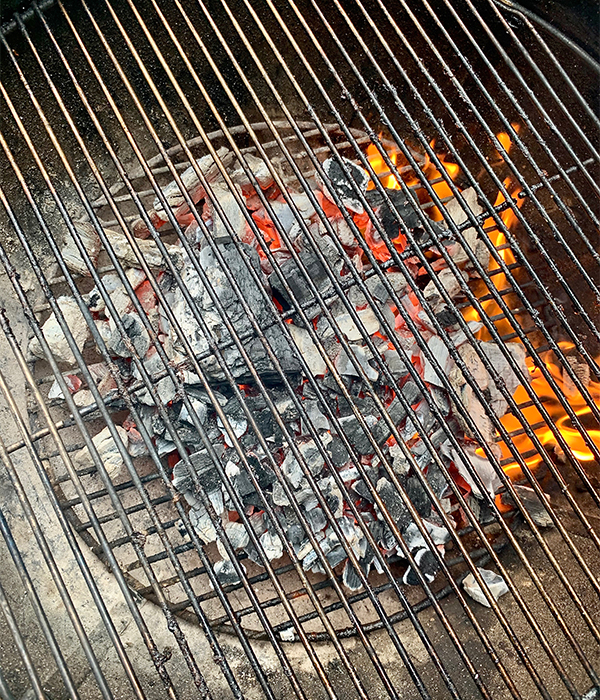
How to Clean your Kettle or Komando Grill
Once a year I’ll deep clean my grill to remove any grease that my routine cleanings may have missed. To do this, I bring the grill between 500°F-550°F for 15 minutes. This will burn off any leftover food and loosen up all that grease.
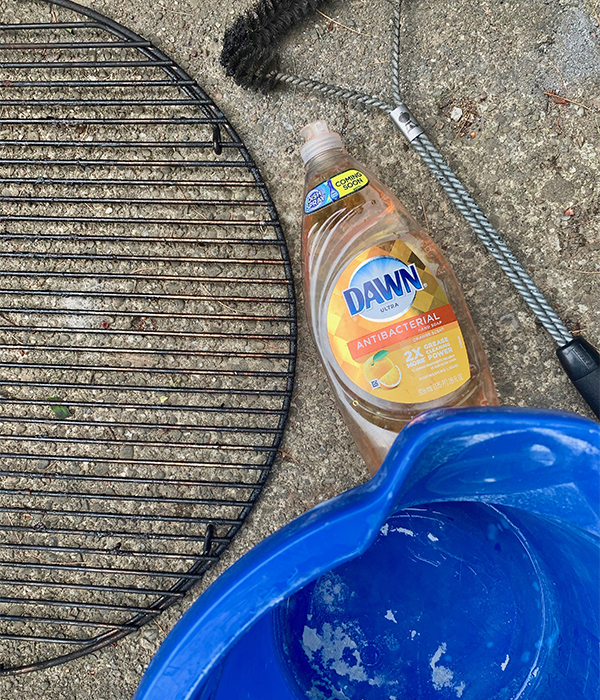
After 15 minutes, I use a wire grill brush and scrape the grates. Next, grab a bucket of warm water mixed with a degreasing soap. Dip your grill brush into the bucket and scrub the grates a few times over. This will remove any remaining grease. If you have heat resistant gloves, you should wear them, it gets hot! Flip the grate over and repeat. If your grill grates are cast iron, be sure to season them as well. Allow the grill to completely cool for the next step.
Remove the grill grates. Using a grill brush tool or a scraper tool (spatula, etc.), gently scrape off any bits of grease and grime located at the bottom and sides of the grill. Be sure to clean around the air vents. Wipe down with a dry rag to remove any leftover ash and discard. Place the grates back on the grill and you are good to go!
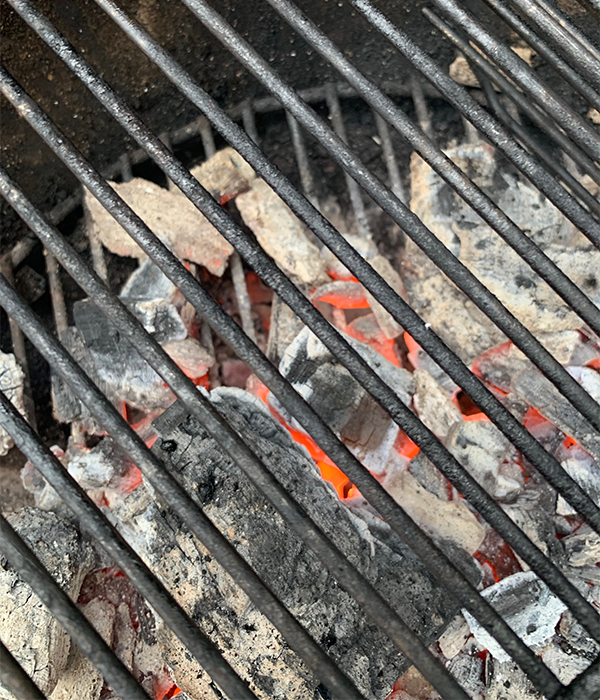
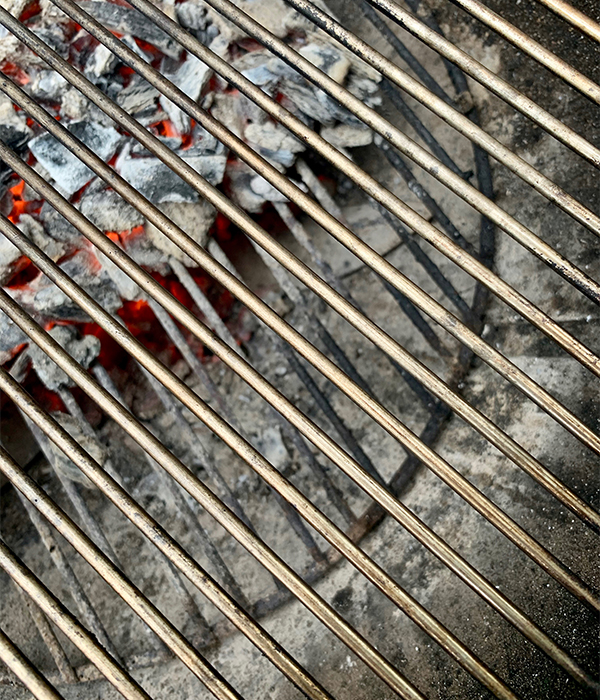
Note: can use grill cleaning sprays, but in my experience, they clean just as good as this method and they create more of a mess.
Gas Grills
The main downside of cooking with charcoal is the time spent starting charcoal and temperature control. Fussing with charcoal can be intimidating and not everyone has time for that! Now would probably be an ideal time to insert an infomercial of me fumbling charcoal and burning down my yard while yelling, “Not again!”
There are a few reasons why you shouldn’t pass on gas!
Gas grills are a backyard staple because of their convenience and ease of use. That’s why you’ll see them on nearly every porch in America! With gas, you can have a searing hot 500°F surface in 15 minutes, all with a turn of a knob. Two propane tanks will last you the entire summer if you fire them up 2-3 times a week. They are perfect for a cookout or party where you have to play host. Just flip a switch and you’re back to telling your “amazing” stories!
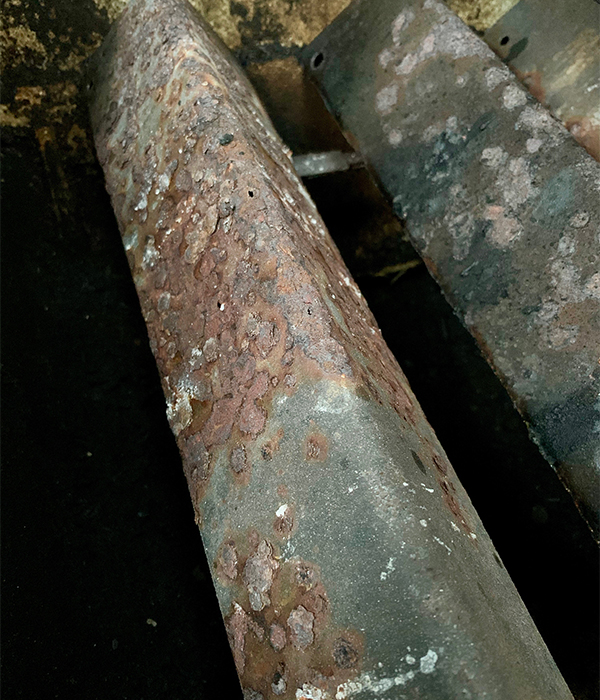
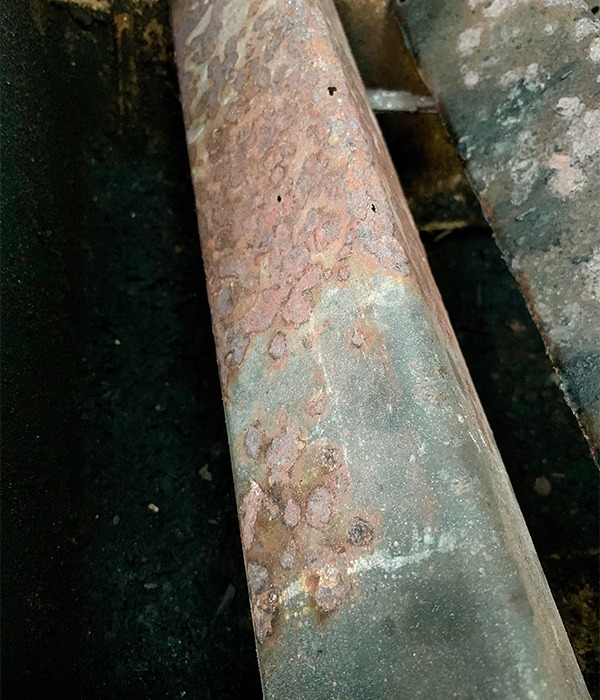
Gas grills need a bit more maintenance, but the same rule applies as above. If you clean your grill after every 1-2 uses, you will have a consistently clean grill that will not require a deep cleaning. Scraping your grill grates after each use and emptying out the drip pan will make your life much easier. If you’ve had your grill tucked away for a few years, here are a few tips to get it firing on all cylinders again!
How to Clean Your Gas Grill
First things first, check for any unwanted visitors who may have made your grill home. Chipmunks and mice won’t hesitate to make this their new paradise. The smell of old grease is a welcome mat for them!
Scrape off any large chunks of grease and clean out the drip pan. Scrape the heat deflectors free of any drippings.
This next step is the most important step of all. Check the connection from the propane tank to the grill. Connect the propane tank to the grill and be sure the valve is OFF. Grab a spray bottle of soapy water and spray the entire hose and valves. Turn the valve ON. If you see the soap start to bubble or smell rotten eggs, then you have a leak and your grill is currently not safe to use.
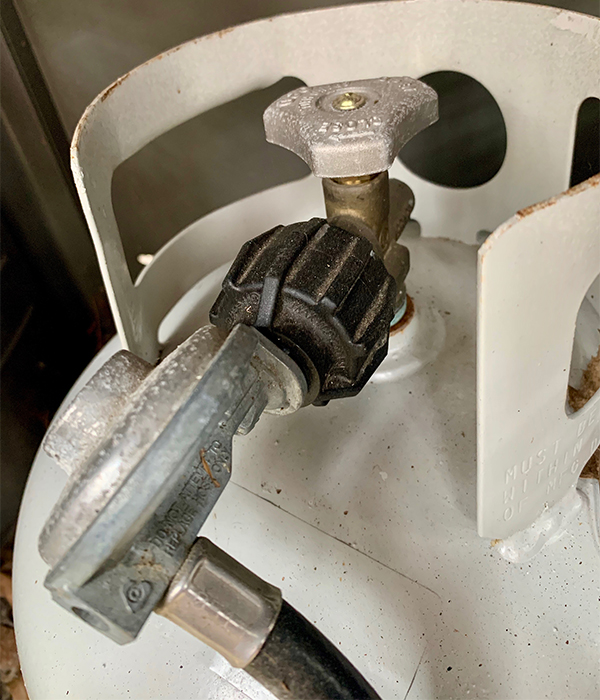
If your grill passes the leak test, then you are ready to turn up the heat! Turn all the burners on high and allow the grill to reach at least 500°F for 15 minutes. Scrape the grates to remove any large chunks of grease.
Next, shut off the burners and turn the propane valve to the OFF position. Dip your grill brush into the warm soapy water and repeat. Allow the grill to cool and then remove the grates. Clean up any other grime that came loose and discard. You can wrap your drip pan in foil to create an easy clean in the future. Work smarter, not harder!
Additional Notes
Be sure to have covers for any and all of your grills. They protect them from the elements and keep them nice and shiny! A simple cover will greatly extend the life of your grills if you store them outside.
Grills and charcoal are hot! Be sure you are in a safe location when using your grills and starting charcoal as it has a tendency to create sparks. Having a fire extinguisher nearby is always a safe choice.
Share your food with your neighbors! Don’t tempt them all day with the smell of amazing food and not offer them a taste!
Last and most importantly, have fun! Grilling is about being outside with family and friends; the food comes second. Enjoy your summer!
